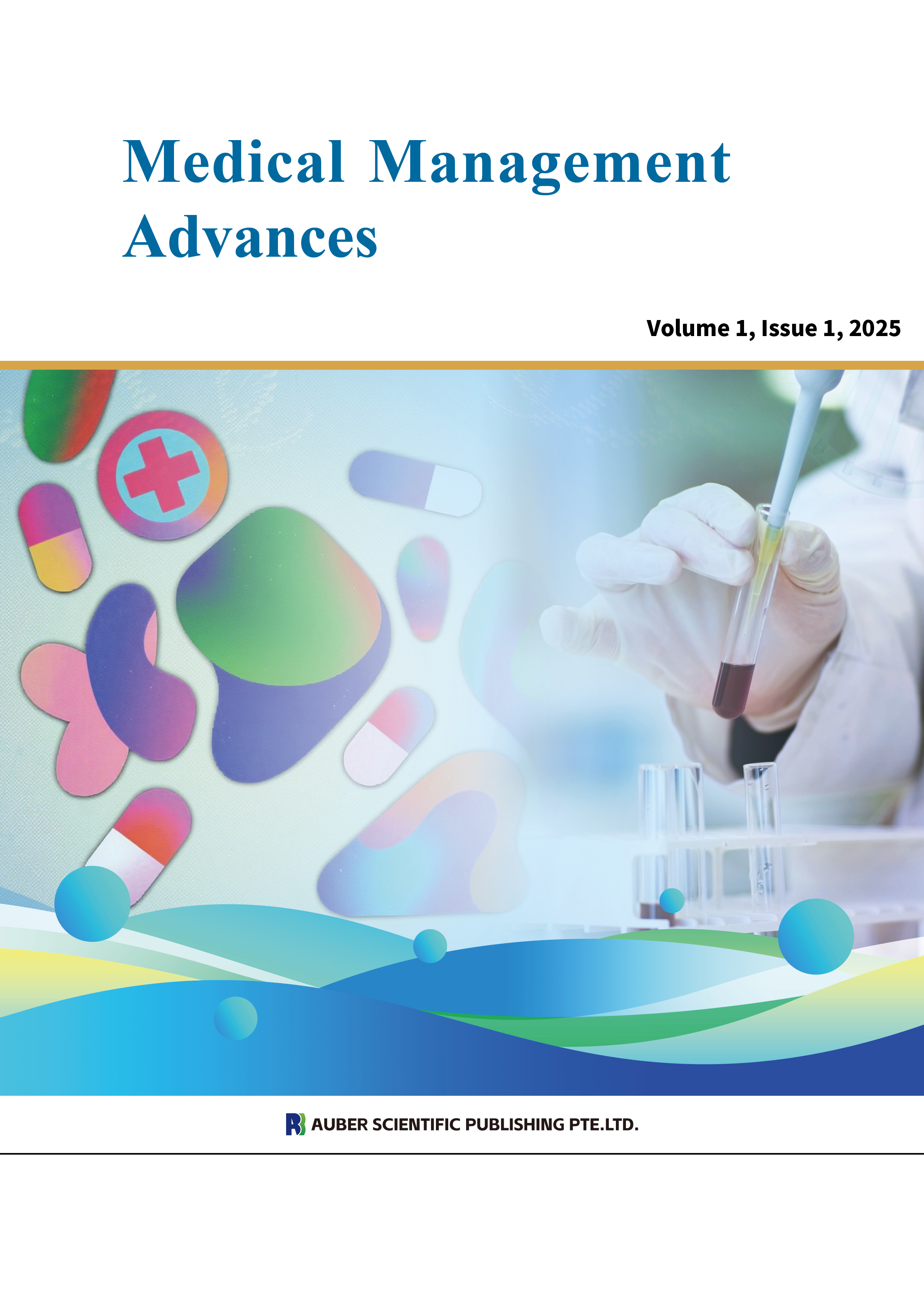Application of Total Quality Management in Hospital Medical Quality and Safety Management: A Comparative Study
Keywords:
Total Quality Management, medical quality, safety management, adverse medical events, patient SatisfactionAbstract
Objective: To evaluate the practical effects of Total Quality Management (TQM) on the management of medical quality and patient safety in a tertiary hospital, and to provide evidence for optimizing hospital management models.
Methods: From January 2021 to December 2023, a Grade-A tertiary hospital (1200 beds; 1.8 million annual outpatient visits) implemented TQM as the experimental group. A comparable tertiary hospital in the same city (1180 beds; 1.75 million annual outpatient visits) maintained routine management and served as the control group. Three core interventions were introduced in the experimental group: (1) institution-wide quality improvement meetings; (2) intelligent alert systems in key areas; and (3) a 24-hour patient feedback mechanism. Eight performance indicators — postoperative infection rate, inpatient fall incidence, emergency CT waiting time, patient satisfaction, and four others — were collected via the hospital information system and a third-party questionnaire survey (21,000 valid responses). Statistical comparisons used chi-square tests for rates, independent‐samples t-tests for continuous measures, Mann–Whitney U tests for ordinal scores, and Poisson regression with Bonferroni correction (α = 0.05; adjusted P < 0.006) for multiple comparisons. Interrupted time-series analysis with 1,000 bootstrap replications assessed trends.
Results: In the experimental group, the postoperative infection rate declined from 2.1% to 0.9% (P = 0.008); annual inpatient falls decreased by 76.3%; emergency CT waiting time shortened by 47% (from 51 min to 27 min); and the proportion of “very satisfied” patients rose from 58% to 83%. In contrast, all indicators in the control group fluctuated by less than 8% with no statistically significant changes (P > 0.05).
Conclusion: TQM — through comprehensive staff engagement, process standardization, and real-time feedback — significantly enhances medical quality and safety in a tertiary hospital setting. We recommend prioritizing high-risk departments for TQM implementation and providing dedicated funding to reduce resistance. Further studies should extend this model to primary care institutions to test its generalizability.
References
[1]Ye Q, Hou YF and Ge H. Application Value of Total Quality Management in Hospital Medical Quality and Safety Management [J]. China Health Industry, 2024, 21(11): 86-88.
[2]Yang Y. Analysis on Application Value of Comprehensive Quality Management in Hospital Medical Quality and Safety Management [J]. Technology and Information, 2022(14):154-156.
[3]Yang QS, Zeng WY and Lu JP. Application of Total Quality Management in Hospital Medical Quality and Safety Management [J]. Chinese and Foreign Medical Research, 2021, 19(21): 194-196.
[4]Wang K, Lv X and Tu KW. The Practice Exploration and Effect Evaluation of Total Quality Manage-ment Mode in Hospital Management [J]. China Health Industry, 2024, 21(16):81-84.
[5]Zhao A, Cao WJ, Zhang ZM, et al. Practice and Effectiveness of Medical Technology Management in Specialized Hospitals Based on Total Quality Management Concept [J]. Modern Hospital Management, 2024, 22(1):50-53.
[6]Yadollah H, Kharghani MSM, Mahdi MSH, et al. Effect of TQM educational interventions on the management policy standard of health promoting hospitals [J]. Health promotion international, 2020, 36(2): 397-405.
[7]Lai WJ and Ye SF. Advantages Evaluation of Total Quality Management in Hospital Medical Quality and Safety Management [J]. Smart Healthcare, 2023, 9(22):271-274.
[8]Zuo YS, Zhou AJ and Wu MX. Implementation Effect Evaluation of Hospital Total Quality Management System [J]. Hospital Administration Journal of Chinese People's Liberation Army, 2019, 26(9):841-844.
[9]He BQ, Wu SX, Wang YL, et al. Study on the Application of Total Quality Management Model in Improving the Management Effectiveness of Level Ⅱ General Hospital [J]. China Health Industry, 2022, 19(19):119-122.
[10]Fu YH, Jiang YW and Feng YL. Construction of Quality Management System in Primary Hospitals Based on Total Quality Management Theory [J]. China Health Industry, 2022, 19(17):90-92+104.
[11]Fadhel R, Alqurs A . Enhancing Occupational Health and Safety Through Strategic Leadership: The Mediating Role of Total Quality Management in Hodeida Hospitals, Yemen [J]. Risk management and healthcare policy, 2025(18):823-842.
[12]LV L. Research on Improving Hospital Nursing Management Quality with Total Quality Management [J]. China Health Industry, 2021, 18(33):54-56+60.
[13]An J, Song HC, Wu AP, et al. Effect of Total Quality Management in Hospital Nursing Management [J]. Journal of Medical Information, 2020, 33(1):179-181.
[14]Subehat AHM. The scope of the total quality management applications of the personnel according to Pareto chart in private hospitals in Abu Dhabi [J]. International Journal of Productivity and Quality Management, 2022, 37(4): 454-467.
[15]Li RB. Application of TQM Theory in Hospital Pharmacy Management [J]. Smart Healthcare, 2019, 5(35):17-18.
[16]Dong ZX. Summarization of Application Effect of General Quality Management in the Logistics Innovation Management Mode in the Hospital [J]. China Health Industry, 2018, 15(4):43-44.
Downloads
Published
Data Availability Statement
The data presented in this study are available on request from the corresponding author.Issue
Section
License
Copyright (c) 2025 Medical Management Advances

This work is licensed under a Creative Commons Attribution-NonCommercial 4.0 International License.


